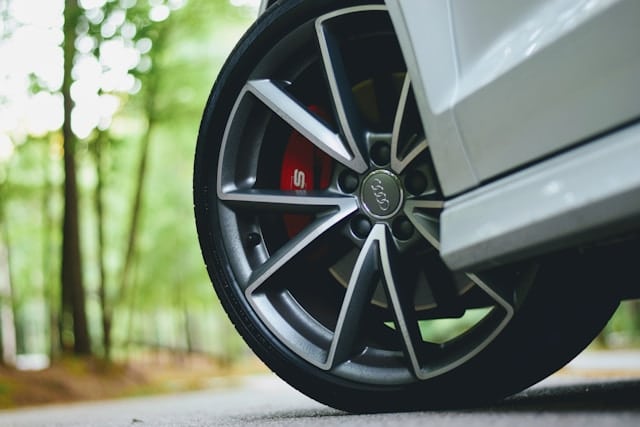How to Ensure Safe Brake Repairs After a Collision
 Brakes are arguably the most critical safety feature of any vehicle, and ensuring they are in optimal working condition after a collision is paramount. Accidents can cause hidden damage to brake systems, which may not be immediately obvious. Effective brake repairs require a thorough approach to both diagnosis and repair. This article provides essential guidelines on how to ensure that your vehicle’s brakes are safely repaired following a collision, helping to protect you and your passengers.
Brakes are arguably the most critical safety feature of any vehicle, and ensuring they are in optimal working condition after a collision is paramount. Accidents can cause hidden damage to brake systems, which may not be immediately obvious. Effective brake repairs require a thorough approach to both diagnosis and repair. This article provides essential guidelines on how to ensure that your vehicle’s brakes are safely repaired following a collision, helping to protect you and your passengers.
Initial Assessment and Diagnosis
Comprehensive Inspection
The first step in ensuring safe brake repairs is to conduct a comprehensive inspection of the entire brake system. This should include checking the brake pads, discs, calipers, lines, and fluid. Even if the collision did not directly impact the brakes, the force of the accident could have caused subtle damage that might affect braking performance.
Consult a Specialist
Given the complexity of modern brake systems, particularly with the integration of technologies like ABS and electronic brake force distribution, it is wise to consult a specialist. Technicians with specific expertise in automotive brake systems will be better equipped to identify any issues that might not be apparent to a general mechanic.
Use of Diagnostic Tools
Utilize advanced diagnostic tools to check for any error codes that might indicate a problem with the electronic aspects of the brake system. Modern vehicles often have complex diagnostics that can pinpoint issues which are not visible to the naked eye.
Ensuring Quality Repairs
OEM Parts
Always use original equipment manufacturer (OEM) parts for brake repairs whenever possible. OEM parts are designed to meet the safety specifications of your vehicle’s make and model, providing assurance that the brakes will perform as expected in critical situations.
Certified Technicians
Ensure that the repairs are carried out by certified technicians who have training and experience specific to your vehicle type. Certification guarantees that the technician has been trained to handle advanced brake systems and is familiar with the latest techniques and requirements.
Follow Manufacturer Guidelines
The repair process should strictly follow the manufacturer’s guidelines. This includes all specifications for parts and fluids, as well as any particular procedures that need to be followed to ensure the brakes function correctly. Deviating from these guidelines can compromise brake performance and vehicle safety.
Post-Repair Testing
Road Testing
After the brakes have been repaired, the vehicle should undergo thorough road testing under controlled conditions to ensure everything is working correctly. The technician should test the brakes at various speeds and in different driving conditions to check for responsiveness and reliability.
Regular Follow-Up Checks
Schedule follow-up checks after the repair, especially if the vehicle has experienced significant damage. Initial tests might not always catch gradual issues that can develop over time from repairs that have not fully restored the brake system to its original condition.
Documentation and Records
Keep Detailed Records
Maintain detailed records of all diagnostics, repairs, and parts used during the brake repair process. These records can be invaluable for future maintenance, warranty claims, or if any issues arise concerning the quality of the repairs.
Conclusion
Ensuring the safety of brake repairs after a collision is critical. By following a structured approach to inspection, employing qualified specialists, using the right parts, and adhering to testing and documentation, you can significantly enhance the safety of your vehicle. Remember, when it comes to brakes, there is no room for shortcuts—always prioritize thoroughness and quality in every aspect of the repair process.

